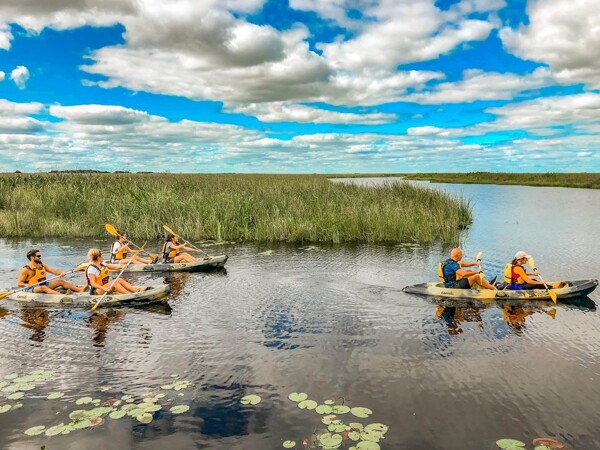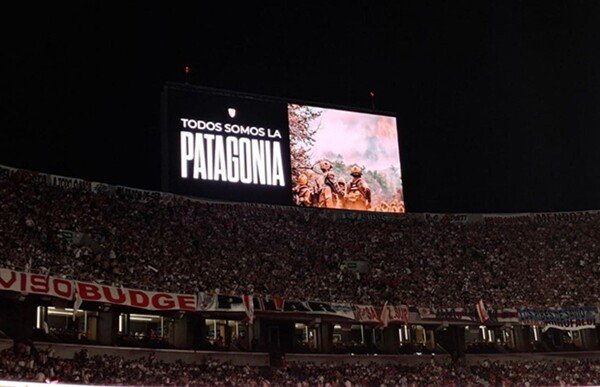
The Cave of Hands is an archaeological site located in the heart of the Pinturas River canyon, in the province of Santa Cruz, Argentina. Along a 1.5 km trail, one can appreciate overhangs, cliffs, and a cave where rock paintings created more than nine thousand years ago are found.
This place has been recognized worldwide, declared a national historic monument and a UNESCO World Heritage site, being considered the third most important rock art site in the world. The paintings on its walls, dating back approximately 9,300 years, were created by the region's first inhabitants in Patagonia. The technique used, based on mineral pigments blown onto the rock, has allowed these artistic expressions to endure over the millennia.
Representations of hunting scenes, hand negatives, animals, and abstract figures can be appreciated in the Cave of Hands, offering a unique glimpse into the beliefs, customs, and ways of life of the prehistoric peoples who inhabited the area. The site is located 56 km south of Perito Moreno and 74 km north of Bajo Caracoles, in an impressive natural setting that houses one of the oldest rock art expressions in South America.
With its cultural and scientific value, the Cave of Hands has become an essential tourist destination to explore the history etched in the stones of Patagonia. Nestled along the mythical National Route 40, 90 kilometers from the town of Perito Moreno and 40 kilometers from the Bajo Caracoles area, this provincial park is a unique window into the past that invites one to connect with the origins of humanity.













